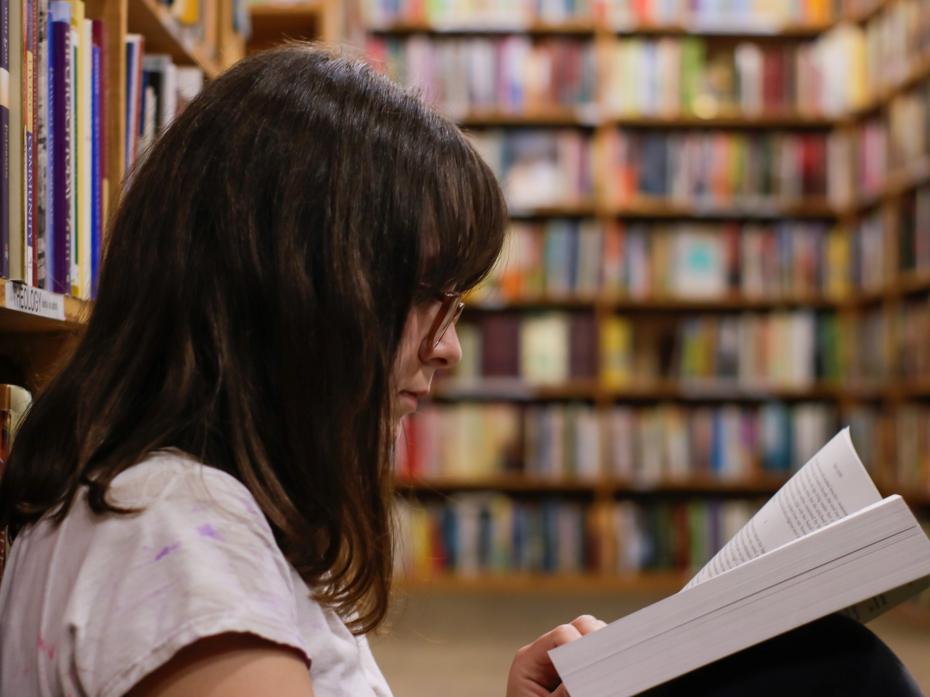As Steve Jobs once said: “The most powerful person in the world is the storyteller.” We hear stories from parents, allies, politicians, salespeople – the list goes on. We also tell stories to family, friends, colleagues and students. And, of course, storytelling is often used in social media videos. As such, it’s little surprise to hear that storytelling can be a useful tool for the classroom, too. Here, I provide some thoughts on how to use it, and use it well.
Question 1: Why tell stories in class?
First, there is the age-old reason that stories break the monotony of theoretical discourse. We may want to think (or self-delude) that we are interesting teachers, but the reality is this: if the lesson runs for two or even three hours, everyone needs a break. Stories can offer that appropriate – and welcome – intermission.
Second, social psychological studies have shown that stories can help information to be understood and remembered more quickly and correctly.
David J.P. Phillips, an international speaker and author, spoke at TEDx Stockholm in 2017 about the hormones that stories can invoke, biological substances including dopamine (which helps attention, motivation and memory), oxytocin (which creates trust, relaxation and bonding) and endorphin (which impacts creativity, calmness and focus).
Third, telling stories can give students some welcome snippets of our humanness – what makes us happy, sad, indignant, contemplative, and so on. If the story portrays certain lesser-known aspects of our personalities, that can help to build connection with our students, too.
- How to use storytelling-based assessment to increase student confidence
- What’s the story? Creative ways to communicate your research
- Using the art of storytelling to help students build resilience when learning online
Question 2: Where can I get these stories?
Stories can comprise anything from written texts and anecdotes to examples and experiences. Of course, one highly important criterion is that they must have relevance to the lesson/s. Various resources provide a rich collection of stories:
- Public sources such as news, books, mass media and social media all offer common reference points that can be used effectively and creatively.
- Personal contacts, from whom we can gather evidence of and details about certain “never-heard-before” stories.
- We ourselves can supply perhaps the most credible and persuasive narratives – and they may well be the ones that students connect with the most.
Question 3: How long should each story be?
The duration of a story depends primarily on the content and objective. Having said that, my stories in the classroom tend to last a maximum of two minutes each. In my experience, it’s best if they finish before the storytelling hits saturation point and tips over into long-windedness or, worse, boredom.
At the same time, though, they do have to be long enough to be informative so that the objective is attained. Aristotle’s Poetics outlined that stories ought to have a beginning, a middle and an end. I certainly prefer this straightforward composition to the more elaborate “Freytag’s pyramid”, which has five stages, consisting of exposition, rising action, climax, falling action and resolution.
In the end, though, as long as there are enough details to deliver an intelligible narrative that aligns with the pedagogical aim, it suffices.
Question 4: Do we need props to tell stories?
It really depends on the context and the desired outcome. Artefacts can increase realism and authenticity. For example, if we are sharing stories about our childhood, a toy from yesteryear can offer tangible impact.
However, the simplest tool to use is images. According to 3M Corporation and Zabisco, our brains process images 60,000 times faster than text, and 90 per cent of information that is transmitted to our brains is visual. Given the recent advances in AI technology, creating images has never been easier for classroom use.
Question 5: How can we get students to be involved in the story?
Students can certainly be more directly engaged and even encouraged to participate in the stories. There are a few cognitive and affective ways to do so: pause to let students process their thoughts and feelings; facilitate their guessing of the story ending; encourage students to express their queries or opinions; invite them to share their similar encounters.
Question 6: How do we present a story?
The same story can have different effects when told by different educators because storytelling is dissimilar to the explanation of facts or concepts, and it is in itself a form of performance art.
Besides being familiar with the plot, presenting a story well requires proper pacing, intonation, gestures and body movements – plus lots of practice so that it can be delivered smoothly, effortlessly and (seemingly) spontaneously. Like Peter F. Drucker said: “Spontaneity is (actually) an infinite number of rehearsed possibilities.”
It’s also vital that we are interested in our own stories. Winston Churchill summed it up so well: “Before you can inspire with emotion, you must be swamped with it yourself. Before you can move their tears, your own must flow. To convince them, you must yourself believe.”
Question 7: Can we learn or copy how to tell stories?
Yes, but only to a certain extent. We can learn the techniques and tips, but at the end of the day, our distinctive and genuine personalities are what take the curtain call. Try to be a unique storyteller, not an imitator.
Ng Lee Keng is associate professor in the business, communication and design cluster at Singapore Institute of Technology.
If you would like advice and insight from academics and university staff delivered direct to your inbox each week, sign up for the Campus newsletter.




comment